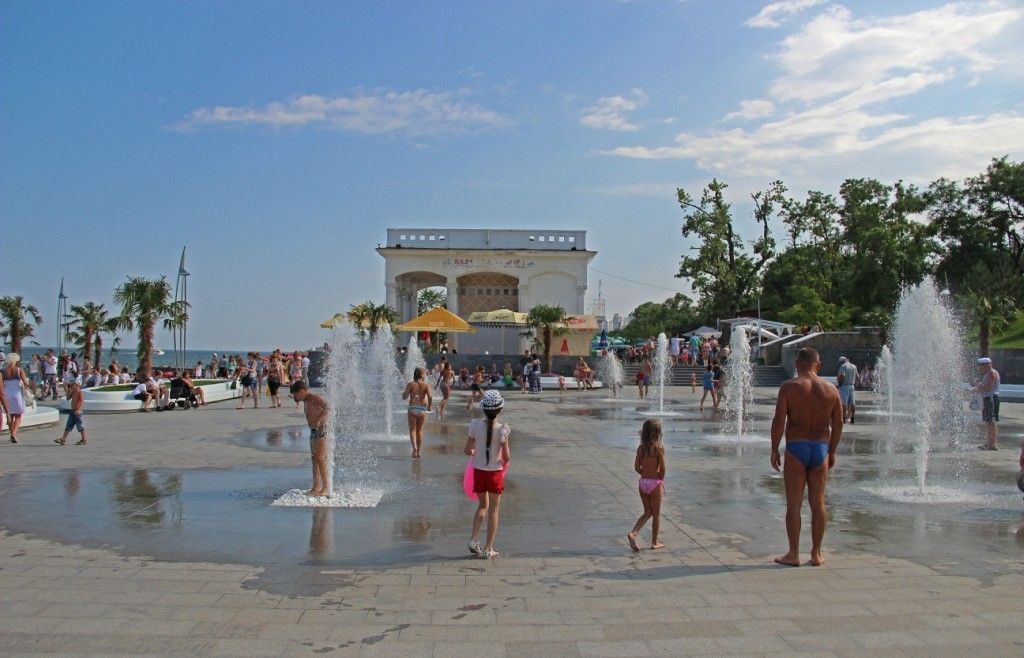
Ukraine’s resorts: Three years of old mistakes
Before the New Year holidays, when many Ukrainians will go on vacation to the country’s tourist-friendly - and not so much - regions, our winter resorts should take a look at the results of hospitality of their summer counterparts, not to repeat the same mistakes.
Traditionally, Ukrainians this summer were looking for the opportunity to spend at least a little time near the sea. But the experts assessed ambiguously the third "summer without Crimea". On the eve of the holiday season, some predicted success. At the same time, some forecast a slight decline, calling last year’s fair performance a kind of bonus, because, in their opinion, after the Russian annexation of Crimea a lot of people – out of despair – went to the less comfortable but more affordably priced resorts. Some experts were sure that the Ukrainians would no longer put up with the terrible roads and services and would never visit for the second time the places where they had been forced to "enjoy" the amenities and services of 1970’s.
By the way, that is the type of services still often observed in the southern regions of Ukraine. Have the local authorities this year managed to compensate for this deficiency? At least, someone tried.
Odesa: Ukrainians’ favorite?
When, after the annexation of the Crimea, the country’s holidaymakers rushed to South Palmyra [that is how the city of Odesa is called colloquially in Ukraine], the majority of owners of local hotels and lodges inflated the prices so much that the rates reached the level of Turkey all-inclusive resorts. At the same time, there was an abundant number of undemanding tourists – once could hardly find rooms available in the city in high season. While in 2014 some 800,000-900,000 people visited Odesa, the number of tourists in 2015 reached 1.5 million, and this year - about 2 million.
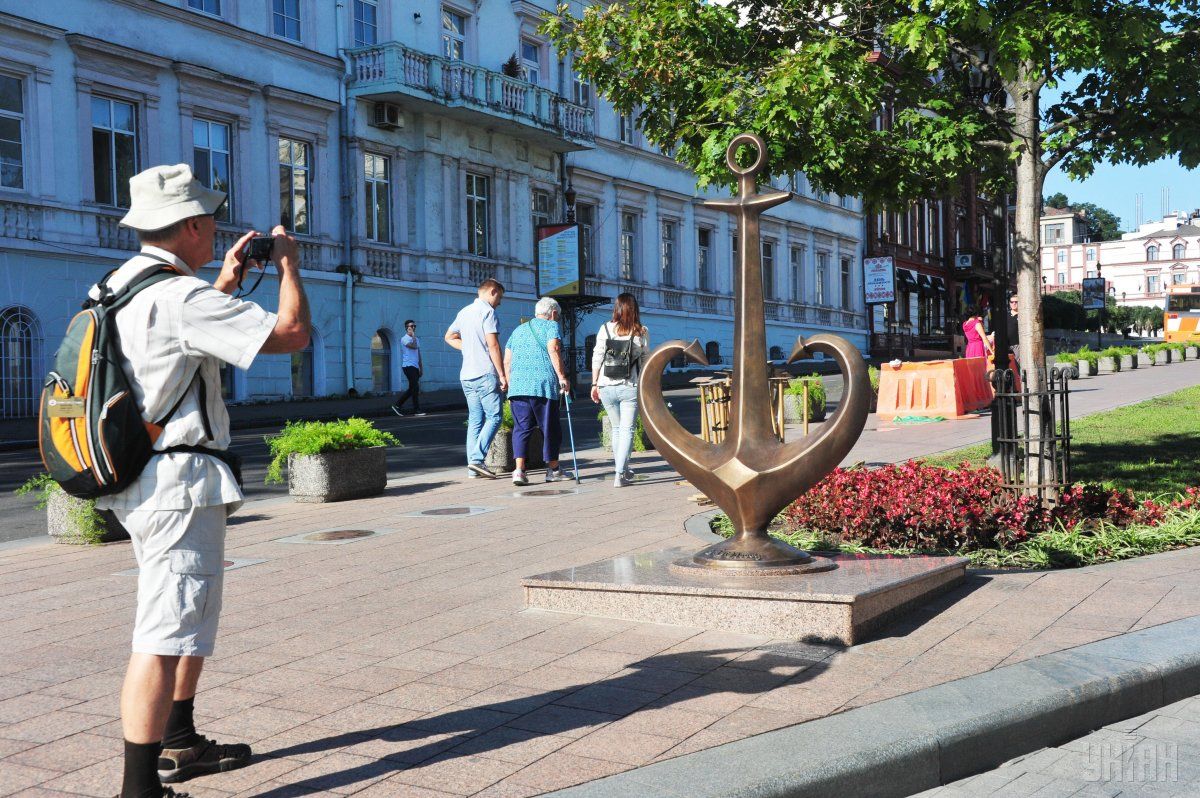
According to Olena Dyachenko, Deputy Director of the Culture and Tourism Department of the Odesa City Council, the bar was raised including through a massive advertising campaign promoting the "Black Sea Pearl" as a comfortable and safe city. In addition, numerous events, including international literature, musical, and film festivals, as well as various business forums and exhibitions – they all played into the hands of the city’s positive image. "Odesa - 365: the city for year-round visits,” Dyachenko said. “This is due to the fact that various types of tourism are being developed here, namely those for culture and entertainment, as well as educational tourism, event tourism, business tourism, health and recreation, gastro - and ethno-tourism, shopping tourism, and other types".
Odesa is an event center in Ukraine, where some 1,000 events are held annually – both open-air, and closed format. In order not to lose the momentum this year, the authorities began to implement new urban projects. For example, Odessacard - a tourist service, the so-called smart card that allows you to visit the sights without buying individual tickets. It is convenient, it saves money and time for visiting the sights and getting around the city.
In addition, Odesa launched 3D tours. The users are able to check out all panoramas – of the Lower Danube Region (includes Odesa, Izmail, and Vilkovo in Kiliya district) and Rasseyka resort (the village of Prymorske in Tatarbunary district).
A new project was born, called Info Group, which is a free information and reference service made with the help of volunteers - young active people who speak several foreign languages and are well familiar with the city, its history and culture. Sporting uniforms with symbols of Odesa, these young people work in the most crowded places. They provide tourists with the most necessary information free of charge.
Also some new sightseeing locations emerged this year: this is the courtyard of a Museum -apartment of Leonid Utesov, Navigation History Museum, and a virtual museum of Deribasovska Street.

Unique festival projects saw life this year: theatrical premieres, Odessa Light Fest, Red City (involving the first parade of the red-haired), Strawberry Festival, Watermelon Paradise, Apple Weekend, VIDEODESSA vlog, an international festival of Middle Ages historical reconstruction Powder Tower, and others.
On the other hand, there was a collapse of the cruise season in 2016: out of 36 cruises scheduled for this year, only five of them are done. According to chief of Odesa Seaport Mykhailo Sokolov, even compared with last year, there is a threefold decline: the Black Sea cruise ports have become hostages of the situation in Turkey. "The attacks on tourist facilities and Ataturk Airport, as well as the attempted coup led to a decrease in vessel calls in the port of Istanbul and, as a consequence, to a complete change of cruise destinations. Cruise companies have replaced Istanbul with Greece’s Piraeus, selecting it as their base port, while Turkish transit ports Kusadasi and Bodrum were switched to Mykonos, Crete, Rhodes, and other Greek islands ports," he said.
According to the official, the increase in the number of calls of cruise liners in the Odesa port could happen no earlier than in two years, because back in 2014, many companies have canceled their plans for Odesa in the light of the events in the east of Ukraine and riots that took place at that time in the very Odesa.
Unfortunately, this greatly reduces the possibility of increasing the flow of foreign tourists. This year, out of 2 million visitors who visited South Palmira, 80% were Ukrainians. If we talk about foreigners, then, according to head of tourism investments sector at the "Agency for Investment and Development" department of the Odesa Regional State Administration Roman Kozlovskiy, the largest flow of foreign tourists to Odesa region is from Russia (19.6%), followed by Moldova (11%) and Belarus (2.4%). TOP5 is closed by Israel (1.7%) and Germany (1.53%).
Foreigners don’t rush to Mykolaiv region
In the neighboring Mykolayiv region the situation is somewhat different, but not too impressive either. From the beginning of the year, the region was visited by about 1.5 million tourists, of whom 90% are Ukrainians. Another 8% of holidaymakers were from Belarus and Moldova and the remaining 2% were foreigners from non-CIS countries.
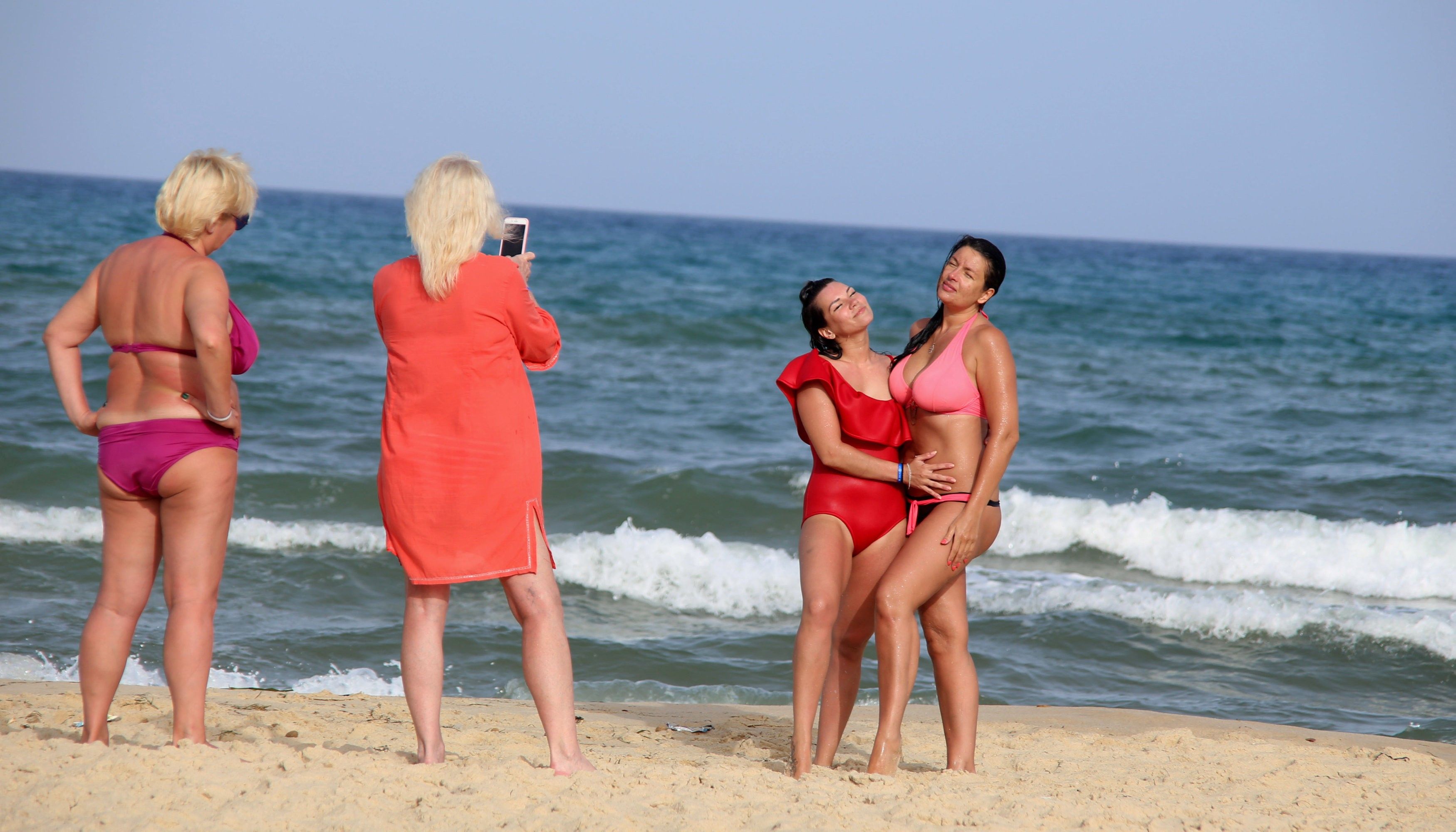
Black Sea resorts along the coastline of Mykolayiv region - Koblevo, Rybakivka, Chornomorska Kosa, Ochakiv, Kinburnska Kosa - traditionally attract domestic tourists. On the one hand, you can find R&R for every taste and budget here: ranging from rooms without any amenities to VIP-class apartments. Sites of rural (green) tourism have been getting more popular lately. The largest of them is the Savannah farm (the village of Stavky in Veselynivskiy district), Ostrich Farm "Kremenivskiy Straus" (the village of Kremenivka in Veselynivskiy district), fishing and recreation center "Zolota Pidkova [Golden Horseshoe] (the village of Kandybin in Novo-odeska district), sports and entertainment center "Istoki"(the village of Petrovo-Solonykha in Mykolayiv district) ... On the other hand, the lack of proper infrastructure, does not allow for a tourist boom in the region. "I can’t grasp the fact, how, with such a range of natural wealth, some still don’t have running water utilities, our roads are broken, and infrastructure and social issues remain unresolved," says Oleksandr Maksymenko, the initiator of setting up a camping site in one of the poorest villages in the region - the village of Aktove.
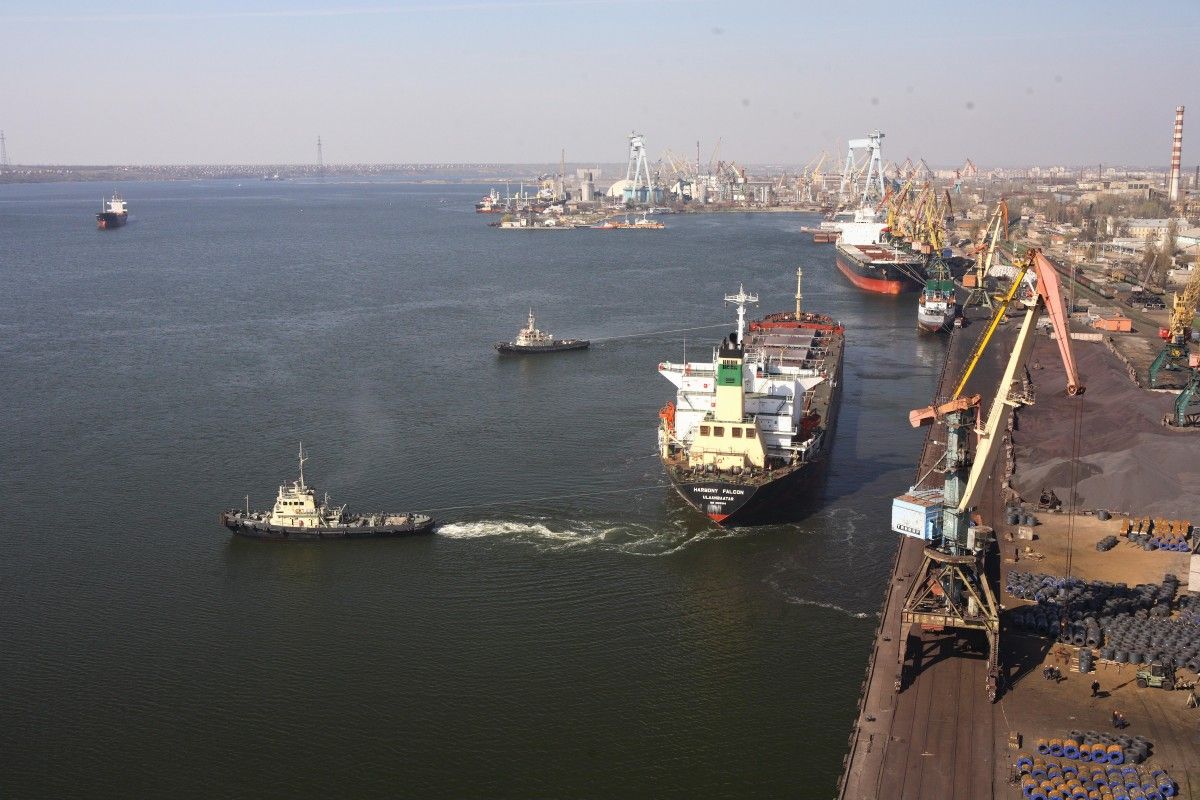
Thus, despite the fact that a variety of promotion actions and festivals were held in the region (Freedom Sea Fest in the village of Morske in Berezanskiy district, the International Children's Art Festival Golden Stork, the final stage of the National Children's beauty pageant Mini Miss Ukraine-2016 in the village of Koblevo in Berezanskiy district), the main problem which deters tourists from Mykolaiv region is terrible roads and poor infrastructure.
Chairman of the Board of the Association of tourist business leaders in Mykolaiv region Tetiana Chichkalyuk is sure that it is actually possible to present the region’s tourism products with quality. Before the start of the summer holiday season 2016, Mykolayiv region launched its own tourism brand and a dedicated website with a 3D-tour around Mykolayiv and a directory of useful addresses for travelers.
In addition, she says that a draft strategy of development of tourism and resorts in Mykolaiv region until 2020 is being worked out. Hopefully, the new strategy will cover infrastructural issues; otherwise, tourism is unlikely to bring money to the local budget.
Kherson not in despair
In turn, the authorities in Kherson region believe that they can take the advantage out of any crisis. There are sure that the economic crisis and the lack of opportunities for vacationing in Crimea is a kind of carte blanche to Kherson. For example, while the region in the summer season 2015 saw 2.8 million tourists, this year the region's resorts have welcomed more than 3.5 million people.
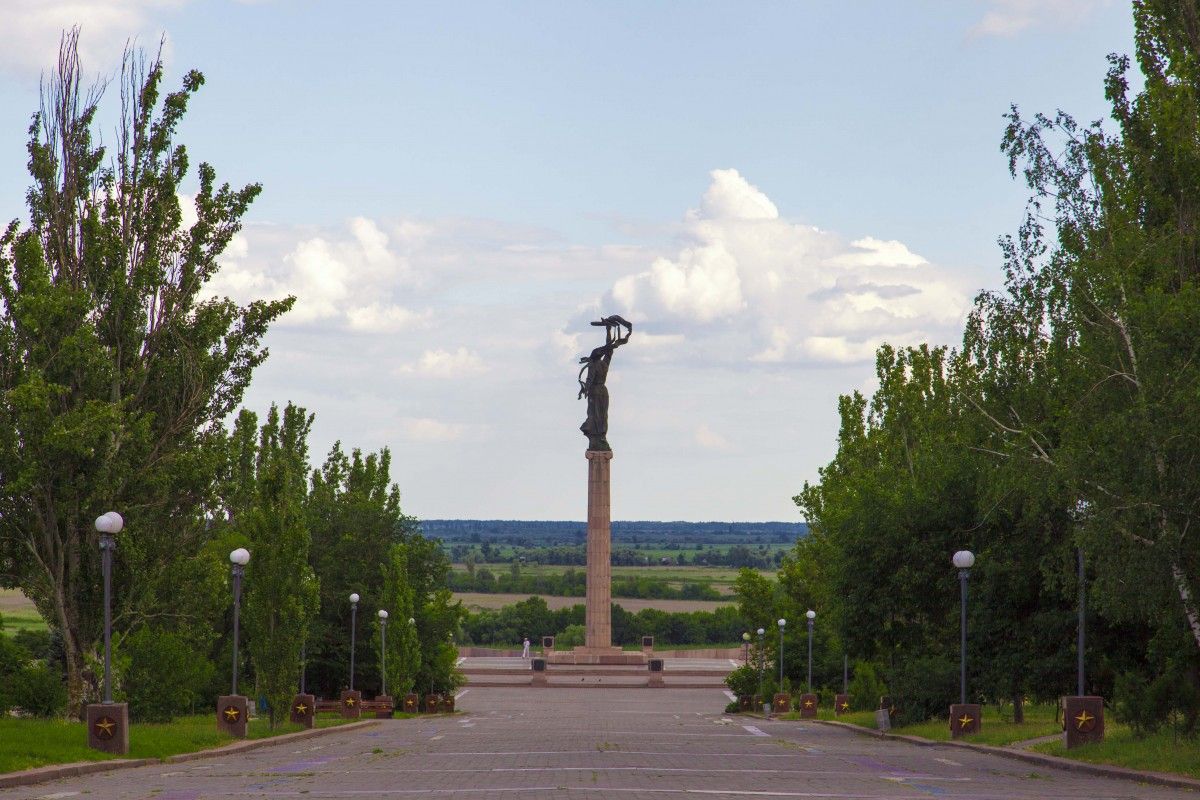
Again, just as Odesa and Mykolayiv, Kherson region also relied on its advertising campaign to draw tourists’ attention. Moreover, the regional budget this year for the first time in the history of Ukraine's independence raised more than UAH 500 million of direct government investment. The money was allocated after specific projects have been proposed for the development of regional infrastructure.
Head of the Kherson Regional State Administration Andriy Hordeyev believes that the flow of tourists has significantly increased due to the development of transport infrastructure: "We managed to launch extra trains from all regions of Ukraine, including the high-speed Intercity to Kherson and in the direction of Henichesk. In the summer and autumn, the schedule included 51 trains, 30 of where launched in 2016."
However, as in other southern regions, the tourists are 90% Ukrainians. Another 3% of tourists come to Kherson region from Belarus, and another 7% - from other foreign countries. Local authorities believe that the emergence of a larger number of foreigners is due to the operations of the Kherson International Airport.
As a result, in 2016, the resorts across the region were filled almost 100%, according to the Kherson Regional State Administration.
Along with the popularization of resorts, the authorities also began a fierce fight against illegal construction along the coast line and illegal businesses. The Kherson Governor says: "We understand that the local authorities actually have two problems. On the one hand, they have to create the most favorable conditions for the entrepreneurs to make money. On the other hand, they have to make sure the tourist business is legal, so that the proceeds from this activity flow to local budgets… Since the beginning of the season, we’ve legalized some 2,000 entrepreneurs and more than 8,000 jobs in the region."
However, despite all the efforts of the authorities, one can hardly claim that the local businesses took advantage of that “carte blanche” with the tourist flow. Tourist business in the region remains at its usual early post-Soviet level. This also applies to mass illegal construction in coastal zones and other recreational areas, and the fact that utility and communal services fail to cope with a larger number of tourists.
For example, in the summer of 2016, there a scandal sparked around the Arabat Spit involving the illegal distribution of land in the recreation area. District authorities were caught on illegal distribution of land for recreational resorts and hotels. There, on the shores of the Sea of Azov, the facts of hindering free access to the beaches were discovered: the territories were turned into private auto camping sites and people were charged even for walking across the area. In addition, in the summer there came repeated reports that sea sand was illegally mined at the Arabat Spit. Unfortunately, "investigation" into all these facts has not seen any result yet. None of the cases have been brought to trial.

A similar situation is witnessed along the Black Sea coast: massive illegal construction in coastal zones in Zalizniy Port and Skadovsk, abandoned recreation facilities in the villages of Lazurne and Prymorske, which the owners have not been able to legalize for years...
On most beaches there is waste being accumulated: public utility services contracted for cleaning and garbage disposal failed to cope with the tourist flow. Problems with law enforcement were evident: a seasonal surge in robberies, thefts, and frauds this year increased along with the number of tourists.
With regard to coastal hotels, resorts and recreation centers, the quality of their services has not particularly changed. Canteens instead of decent restaurants, beds with obsolete iron-clad mattresses, and showers with water temperature depending on the sun – this is how tourists describe R&R in Kherson region.
And the main reason for that is the outflow of profits into the "shadows". This year, 3.5 million tourists allowed to accumulate some considerable revenue, most of which settled with small and medium-sized businesses that are not ready to develop. "We discussed this problem with entrepreneurs who work in the tourism industry. But it is impossible to eradicate all that is left as a legacy of the Soviet Union through the intervention of the authorities. We need a systemic approach, coordinated action by local authorities, the government, and tax authorities. We must create an adequate investment climate, where a competitive environment will ensure the influx of quality services," said Kherson Governor Andriy Hordeyev.
According to him, the main thing that was achieved in 2016 was to ensure the security in the border region, to do everything so that the proximity of Crimea did not frighten holidaymakers. But there is still plenty of space to improve the tourism industry: "Yes, Turkey and Egypt offer higher quality services compared to Kherson region,” says Hordeyev. “It only tells us that we have something to strive for."
Larysa Kozova, Hanna Mykhayliuk, Marharyta Kovalenko

